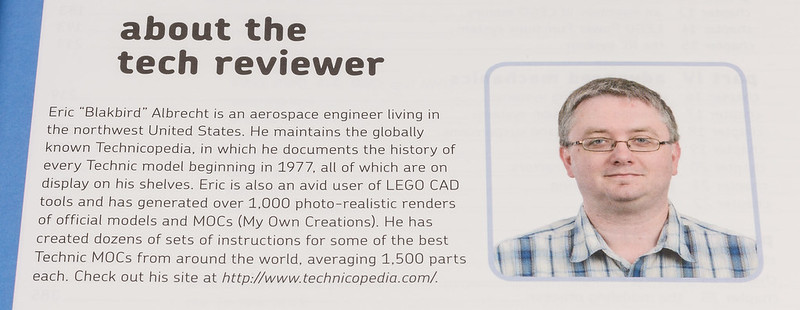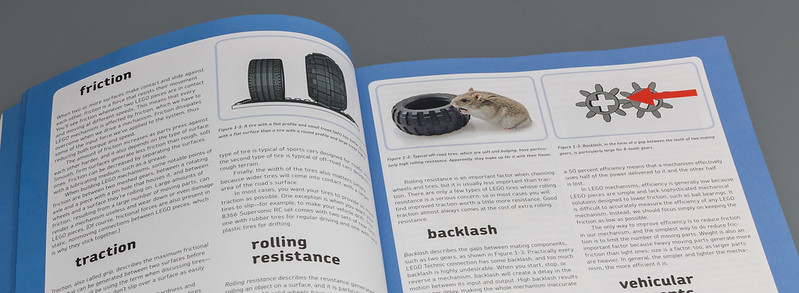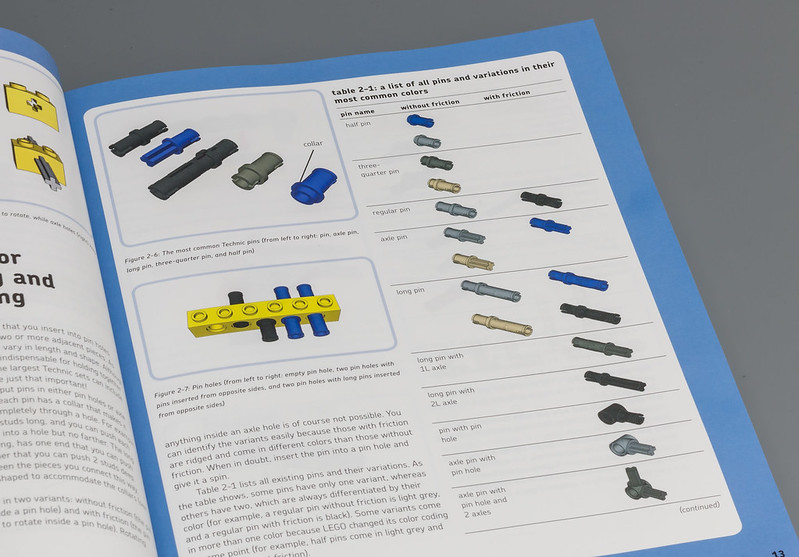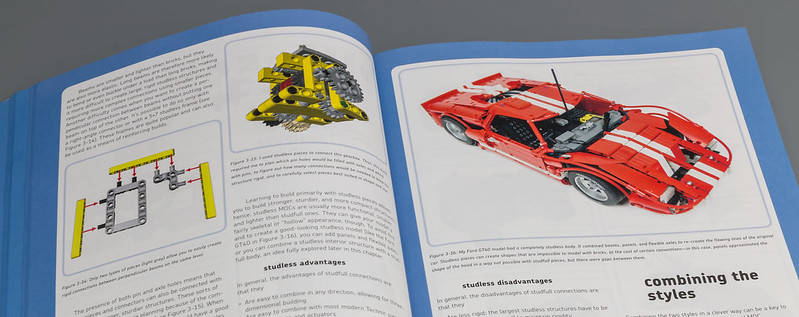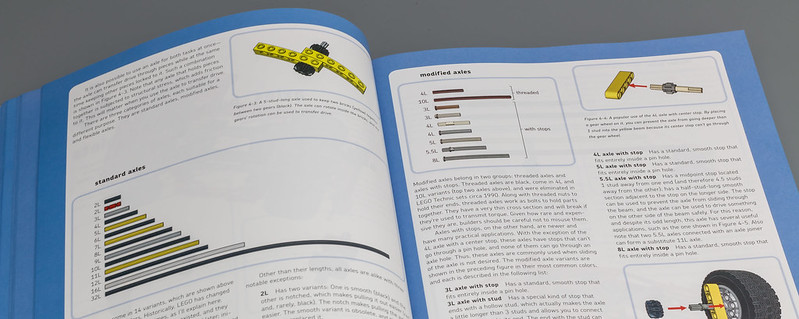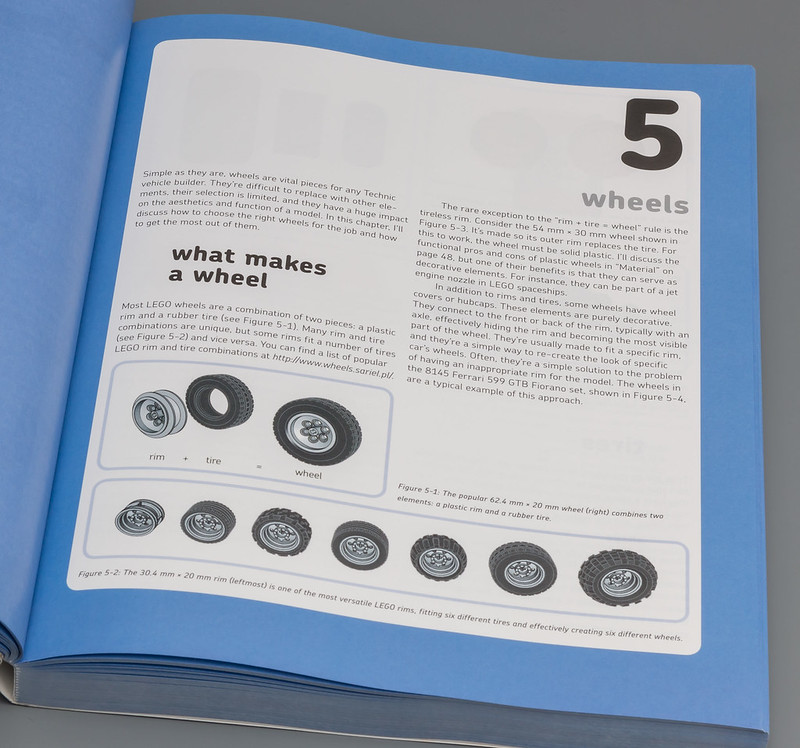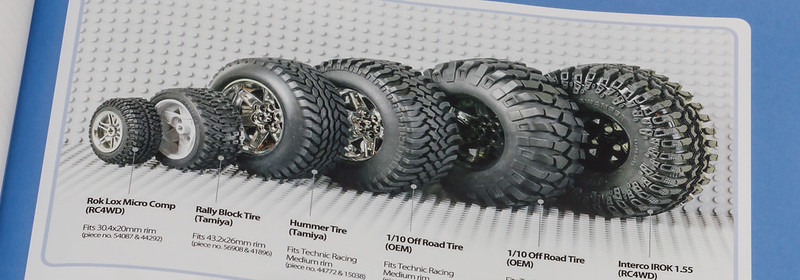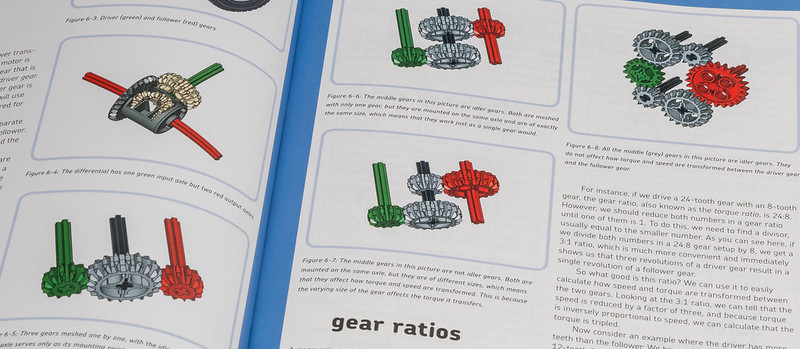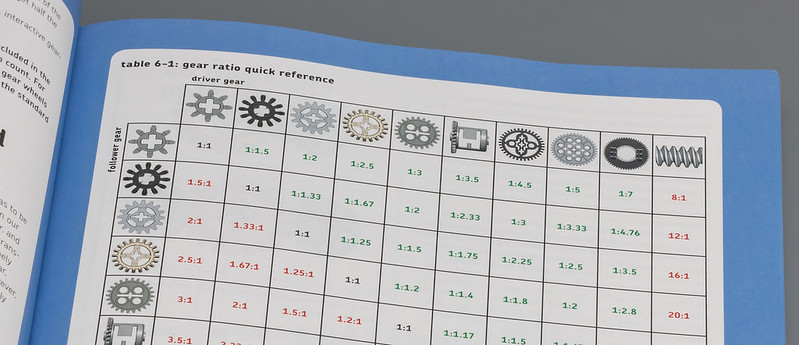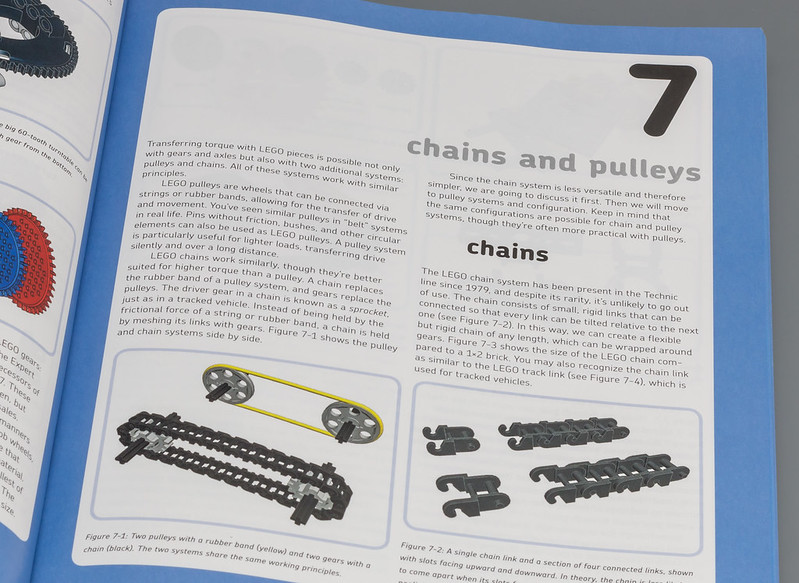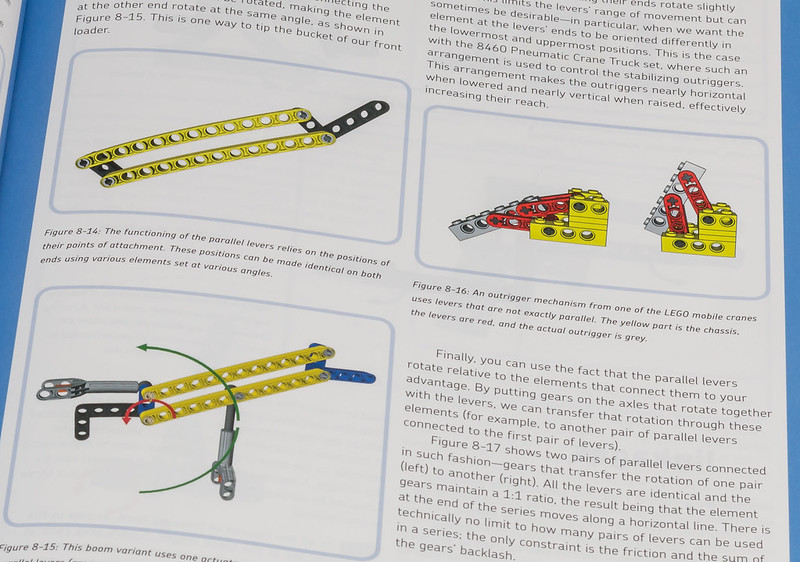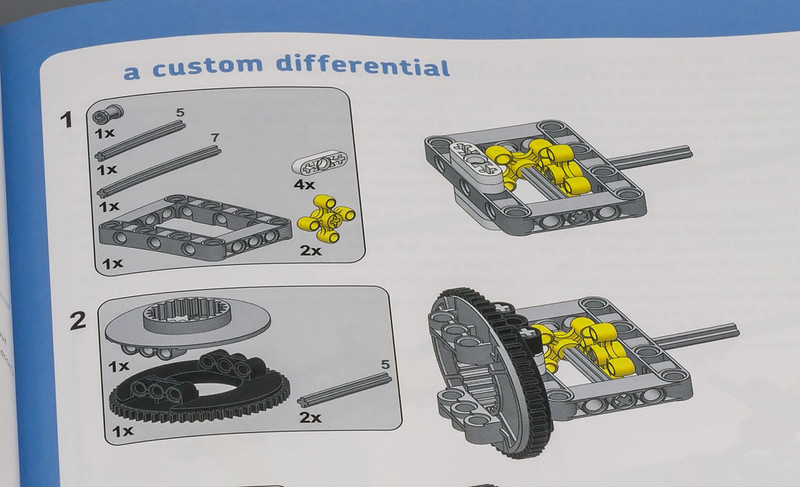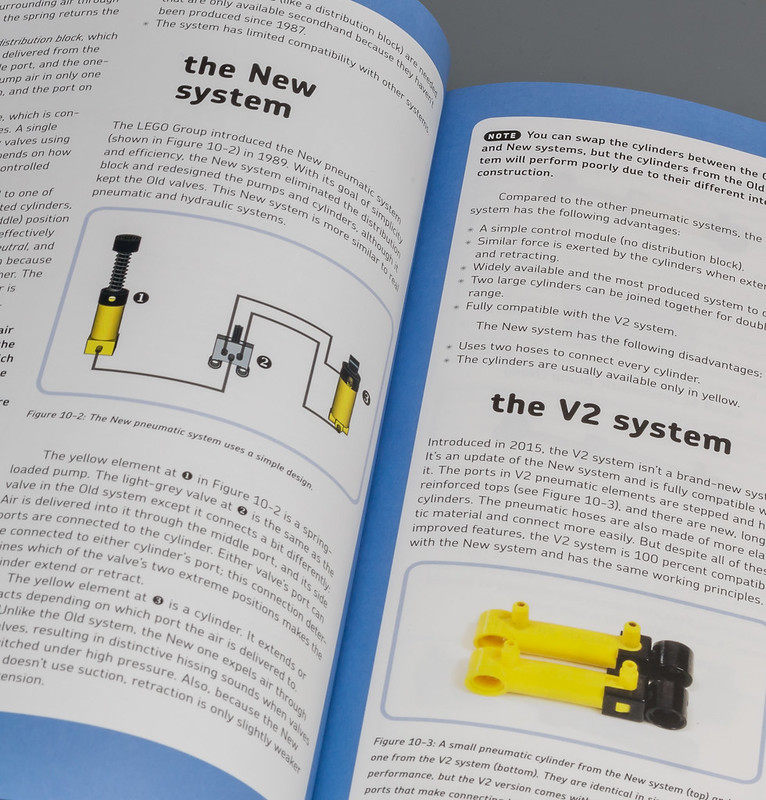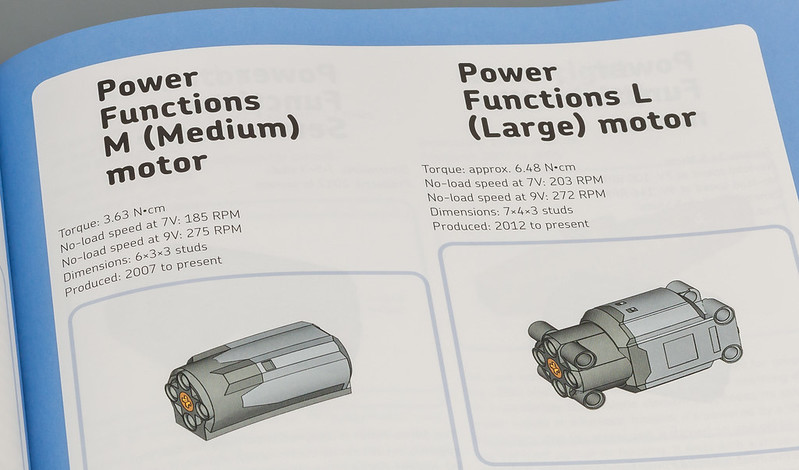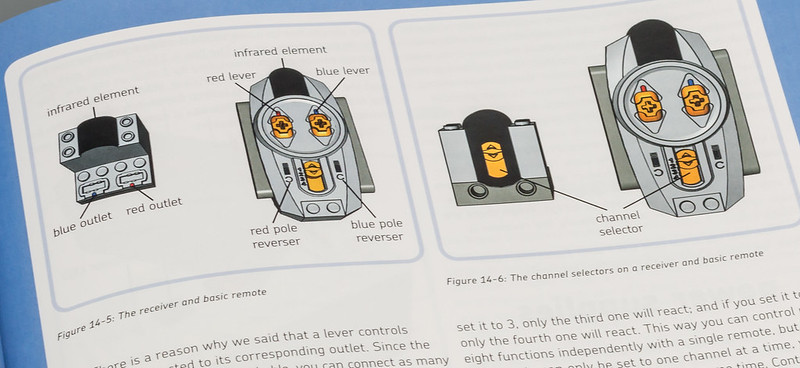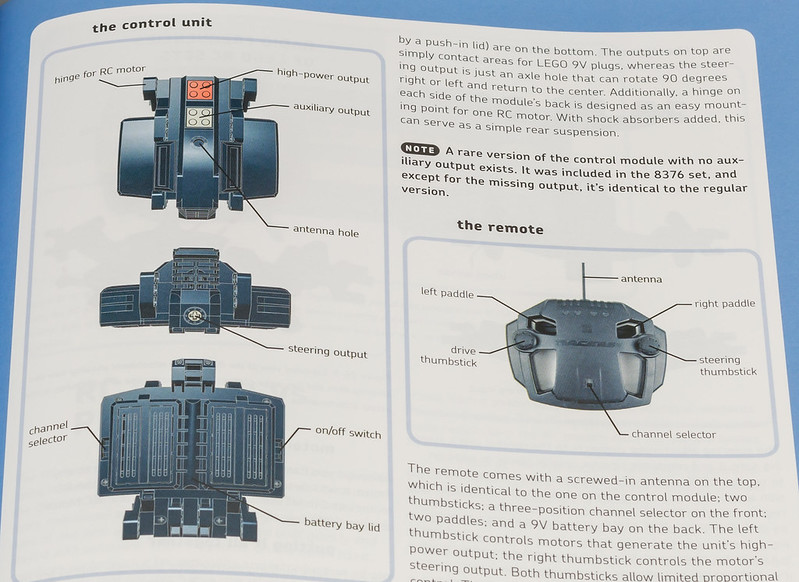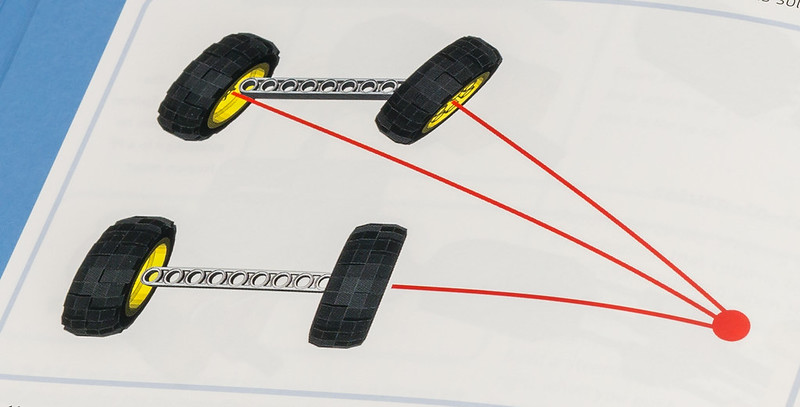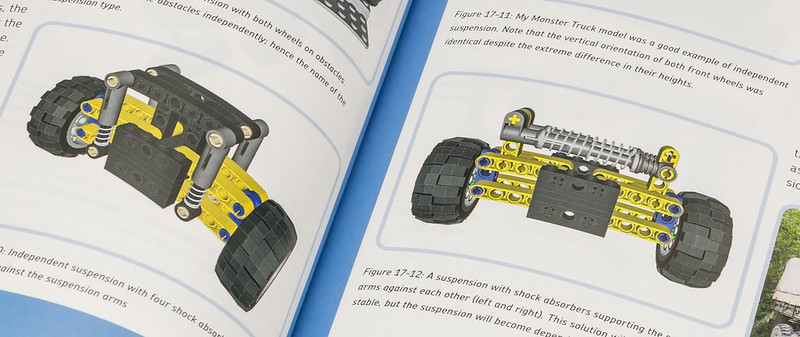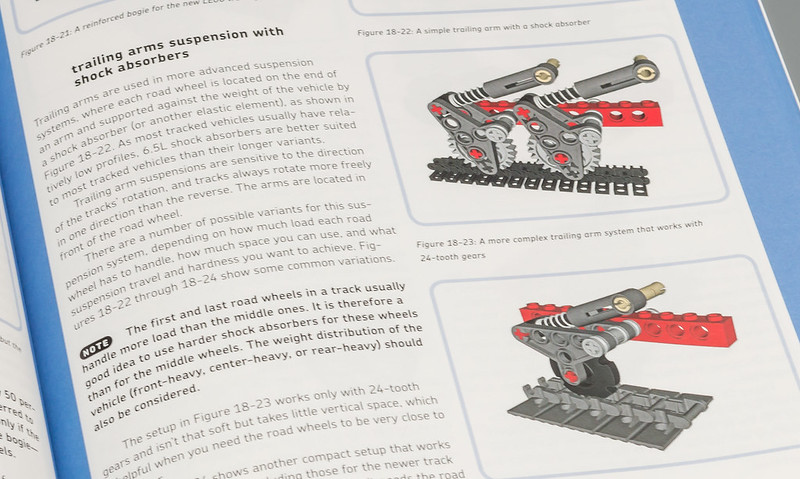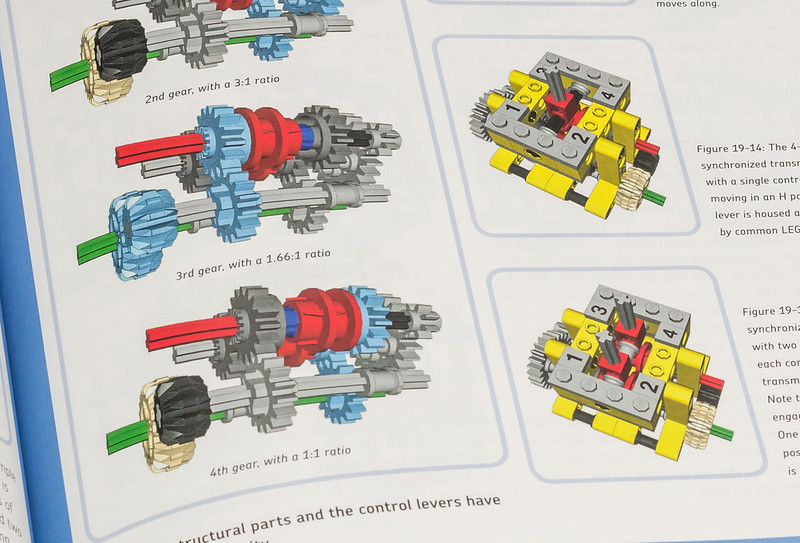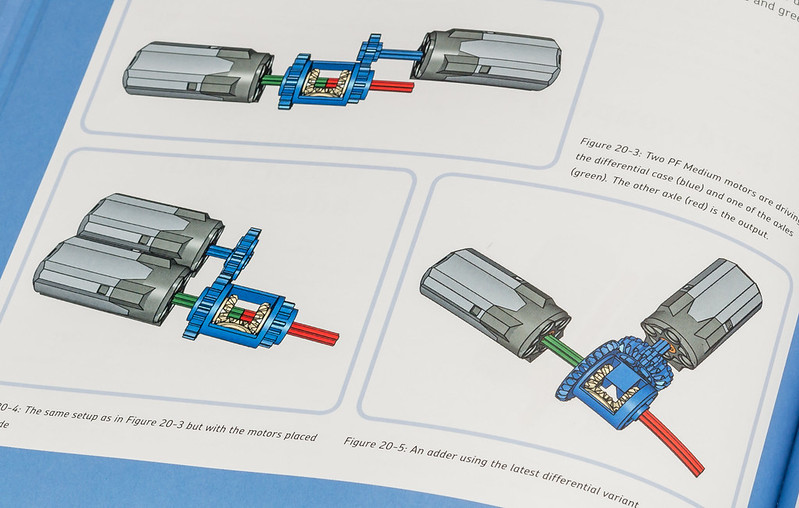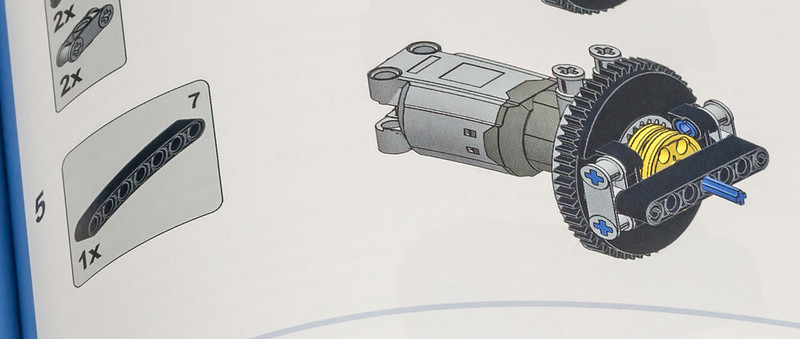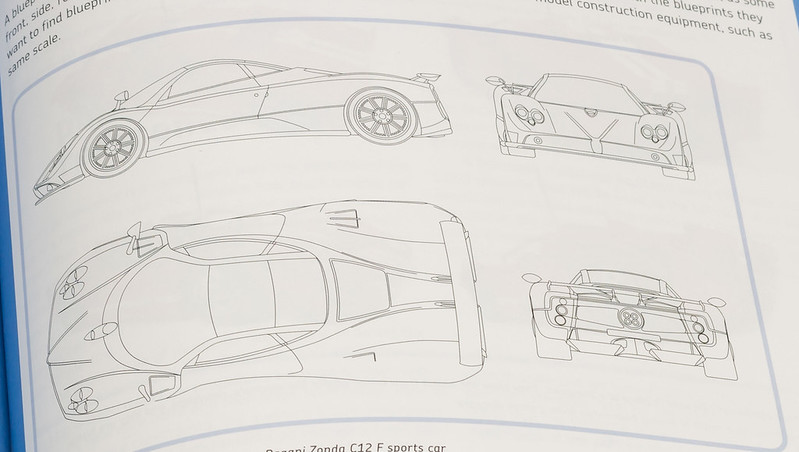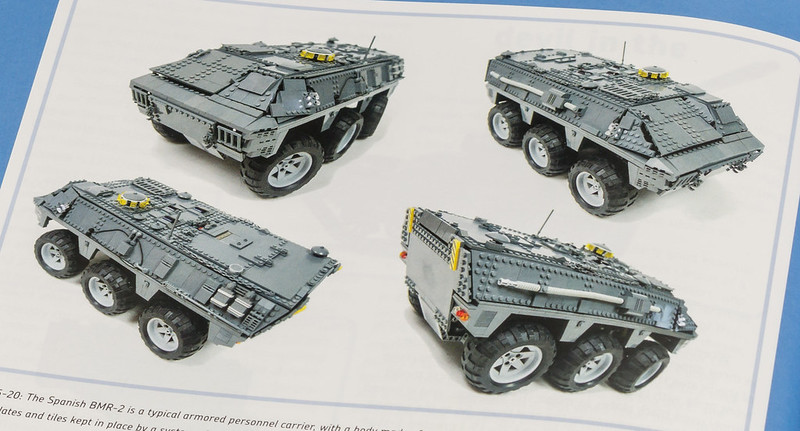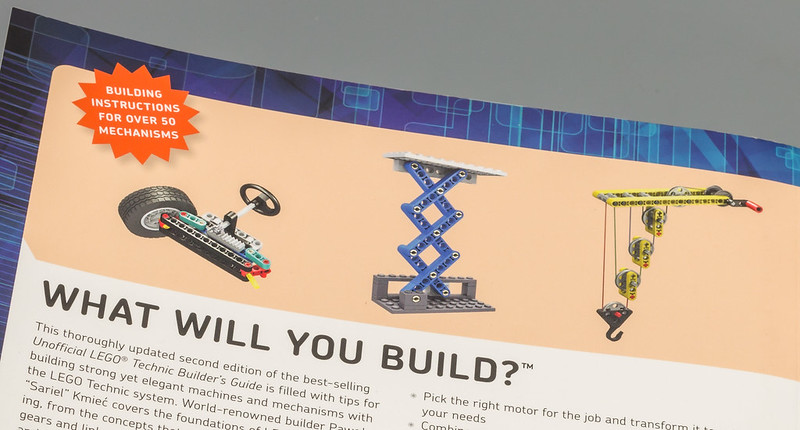The Unofficial LEGO® Technic Builder’s Guide: 2nd edition
Review

THE UNOFFICIAL LEGO® TECHNIC BUILDER’S GUIDE: 2ND EDITION
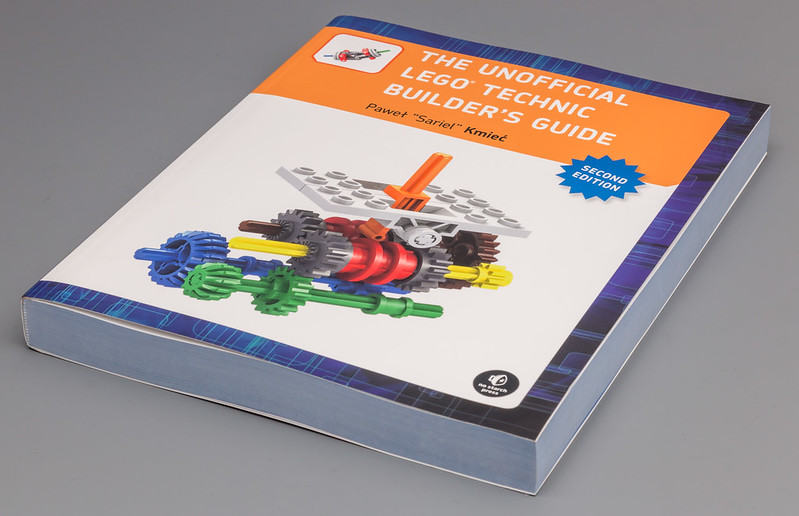
INTRODUCTION
November 2012. That was the month that Nostarch Press released the first edition of the Unofficial LEGO Technic Builder's Guide. Written by, arguably, the most skilled LEGO (Technic) builder we all know. This book was the first to deal with all the aspects of building LEGO Technic models. October 2016. Four years after the 1st edition, the 2nd edition has been released. With 42 additional pages, this volume has even more content than its predecessor.
The author, Pawel "Sariel" Kmiec, is a LEGO enthusiast based in Warsaw (Poland). He runs a well known blog on Sariel.pl and he is a respected member of our Eurobricks community.
The book has been technically reviewed by Eric "Blakbird" Albrecht, who runs the Technicopedia and is also a well respected member of the Eurobricks community.
Sariel and Nostarch have given me the opportunity to review this book. I'm very thankful for that! Obviously, I am very sorry that I haven't published this review earlier, but life happens sometimes.
TABLE OF CONTENTS
Below is a rundown of the contents of the book. Four brand new chapters have been added to the 2nd edition and thirteen have been updated and extended. A total of 25 chapters comprise the entire volume of this latest edition. A whopping 394 pages of pure LEGO Technic pleasure, which is 42 pages more than the 1st edition (352 pages).
Part I: Basics
1. Basic concepts (updated)
2. Basic units and pieces (updated)
3. Studless or studfull?
4. Axles, bushes, and joints (updated)
5. Wheels (new)
Part II: Mechanics
6. Gears and power transmission basics (updated)
7. Chains and pulleys (updated)
8. Levers and linkages
9. Custom mechanical solutions
10. The LEGO pneumatic system (updated)
11. Pneumatic devices (updated)
12. Building strong (updated)
Part III: Motors
13. An inventory of LEGO motors (updated)
14. LEGO Power Functions system
15. LEGO RC system (new)
Part IV: Advanced mechanics
16. Wheeled steering systems (updated)
17. Wheeled suspension systems (updated)
18. Tracked vehicles and suspensions (updated)
19. Transmissions (updated)
20. Adders and subtractors
21. Planetary gearing (new)
22. 3D printing custom pieces (new)
Part V: Models
23. Form vs. function
24. Scaling a model
25. The modeling process
PART 1: THE BASICS
BASIC CONCEPTS
The book starts with some basic concepts, like speed, torque, power, etc. This all seems quite obvious at first, but reading them does provide some interesting insights for both beginning and experienced builders.
I found the sections about camber angle, caster angle and toe angle particularly interesting.
BASIC UNITS AND PIECES
The next chapter explains what FLU (Fundamental LEGO Unit) entails. It tells us that the width of a 1x1 brick is 8mm. This knowledge allowed me to answer that there are approximately 31 two-by-four bricks in a meter during our last annual Eurobricks Event. That's why you always need some basic knowledge when it comes to LEGO units :laugh:
This chapter also discusses the available pins and their characteristics.
STUDLESS VS STUDFULL
Something that has been keeping the community busy for quite some time is the debate about Studless vs Studfull (intentionally written with two L's). While Studless building is here to stay, there are lots of people still building Studfull. This chapter provides some useful insights when it comes to both building techniques.
AXLES, BUSHES AND JOINTS
The next chapter describes every axle, bush and joint. Together with the chapter about pins, this will prove to be very valuable information, especially for people getting back into the hobby.
WHEELS
Recent years have given us lots of different new rims and tires. This chapter describes most of them, explaining what the difference is between top speed and acceleration.
It even describes some of the popular 3rd party wheels for truck trials etc. This concludes the first part of the book.
PART II: MECHANICS
GEARS AND POWER TRANSMISSION BASICS
Having discussed the basics in the previous chapter, we are ready to dive in the mechanics. Mechanics are the heart of Technic and they define what Technic makes Technic. The first chapter about Mechanics is about Gears and Power Transmissions.
An elaborate gear ration table is included to calculate every possible gear ration. Sariel also has an gear ration calculator on his website.
All the different gears are discussed, much like the pins and axles. I really do like these chapters, since the provide a nice overview for beginners and experts alike.
CHAINS AND PULLEYS
One of the chapters that deals with things you might not think of every day. Chains and pulleys can be quite useful though, so having some basic knowledge is imperative. The section about the different pulley setups is very interesting and useful. How many of you know what a "threefold purchase" is? I reckon, not a lot.
LEVERS AND LINKAGE
Levers can be found on many Technic models, but using them in a MOC can be more difficult than you would imagine. This chapter provides useful insights on using levers and linkages.
CUSTOM MECHANICAL SOLUTIONS
This chapter is about custom mechanical solutions, like custom differentials, differentials locks, rachtes, lineair clutches, and them some.
PNEUMATIC SYSTEM
The (new) Pneumatic System gets a lot of attention. The different pumps and actuators are discussed.
PNEUMATIC DEVICES
The next chapter shows a variety of pneumatic devices made using the pneumatic system. The picture below shows an example of a pneumatic compressor.
BUILDING STRONG
The last chapter in Part II explains why things will fall apart when we don't build strong. It's about finding weak links and understanding where to reinforce.
PART III: MOTORS
MOTORS
The third Part of the book is all about Motors. It starts with an overview of every motor ever produced by TLG, even the watertight motors for propelling LEGO boats.
LEGO POWER FUNCTIONS SYSTEM
Chapter 14 covers the complete range of Power Functions (PF for short) elements. It's a nice summary of the total range and it even includes building instructions for a Remote Control with Central Steering Wheel.
THE RC SYSTEM
The third and final chapter in Part III is about the RC system. While the RC system hasn't been around for some time, it is still widely used by car builders. It allows for RC cars with relatively high top speed and high torque, compared to the current PF system.
PART IV: ADVANCED MECHANICS
WHEELED STEERING SYSTEMS
After lots of interesting chapters we have come to the fourth Part, covering Advanced Mechanics. This sounds interesting! And obviously it is very interesting. It starts with an elaborate chapter about wheeled steering systems, covering quite a few different mechanisms. The picture below shows the Ackermann Steering Geometry, which is a well known system.
WHEELED SUSPENSION SYSTEM
What's a steered vehicle without a proper suspension system?! Like the steering system, suspension comes in a wide variety. Quite a few of them are covered in this chapter, together with some building instructions.
TRACKED VEHICLES AND SUSPENSION
Since not every vehicle is a wheeled vehicle, tracked vehicles get their attention in the 18th chapter. Different track types and suspension systems are shown with detailed images. Even some custom made track types are covered.
TRANSMISSIONS
Chapter 19 is all about Transmissions, covering systems like orbital transmission, ratchet transmission, lineair transmissions and lots more. This chapter proves to be very useful when you are designing your own gear box and drive train.
ADDERS AND SUBTRACTORS
Adders and subtractors are mechanisms used to couple two motors together. Coupled motors can be used to control a single functions. Working on a big robot project myself, I probably need to couple two motors to drive the behemoth. You can couple motors the easy way and the right way. Sariel covers the right way to do this. He also covers the math to calculate the torque and speed.
PLANETARY GEARING
There's an entire chapter devoted to Planetary Gearing, a system used in some bicycles, different kind of toys and even in mechanical pencil sharpeners.
3D PRINTING
LEGO Purists probably will skip this chapter, but for other people this can be very interesting. It's about 3D printing certain parts, which are not available as official TLG parts. You can think of hubcaps and turntables, but also of a mounting connector for a GoPro camera. The possibilities are endless. This chapter concludes Part IV of the book.
PART V: MODELS
FORM VS FUNCTION
We have come to the last part of the book, Part V about Models. The first chapter is about Form versus Function. How can you make a model work well and look good at the same time. Finding good reference material is key when it comes to designing.
SCALING A MODEL
Blueprints are types of reference material which work very well when it comes to modeling. Together with Sariel's LEGO Model Scaler you will be off to a good start.
THE MODELING PROCESS
The final chapter of this part, also of the book, covers the modeling process. It's about turning your idea into reality.
Which leaves us with one last question...
SUMMARY
Whether you are a skilled builder or a novice, this book contains a wealth of interesting information. It is without a doubt the most comprehensible builder's guide to LEGO Technic. I highly recommend picking up a copy and enjoy the read!
PROS
- The books looks fantastic. Full colored pictures on every single page.
CONS
- This book offers little playability.
- Turning pages becomes cumbersome after a while.
- The parts are all glued together, which is probably why it's not an official book.
- Building experience is virtually non-existent.
- The title is incorrect. Obviously, it should have been "The Official LEGO Technic Builder's Guide" :wink:
Obviously, I'm joking with the Pros and Cons. I rate this book a solid 9 out of 10. Why not 10 out of 10? Because there will probably be a third edition and I need to keep Sariel sharp :wink:
CONCLUSION
SHOULD BE TITLED OFFICIAL BUILDER'S GUIDE
Discussion about this set can be found here.


